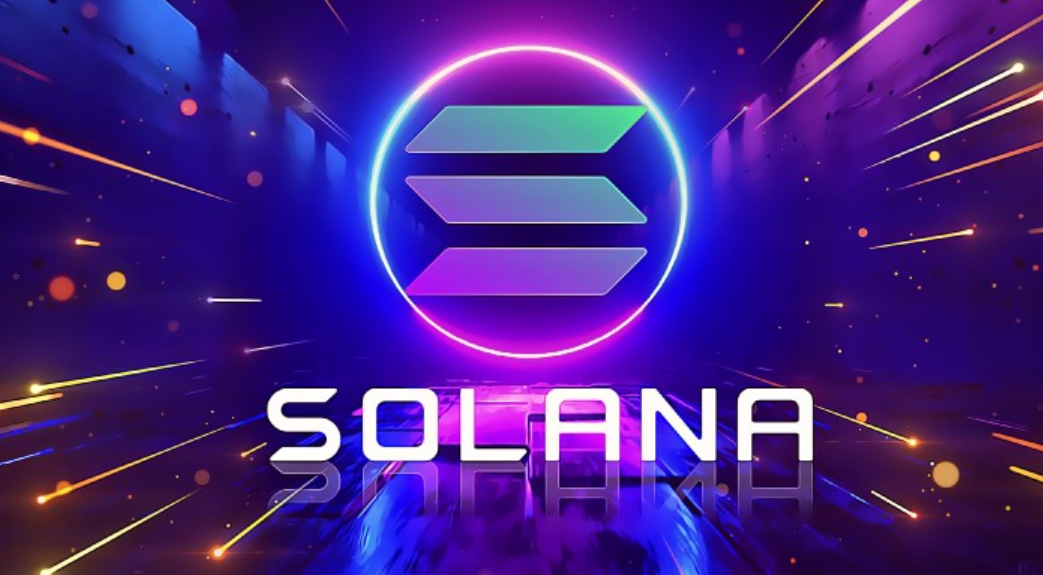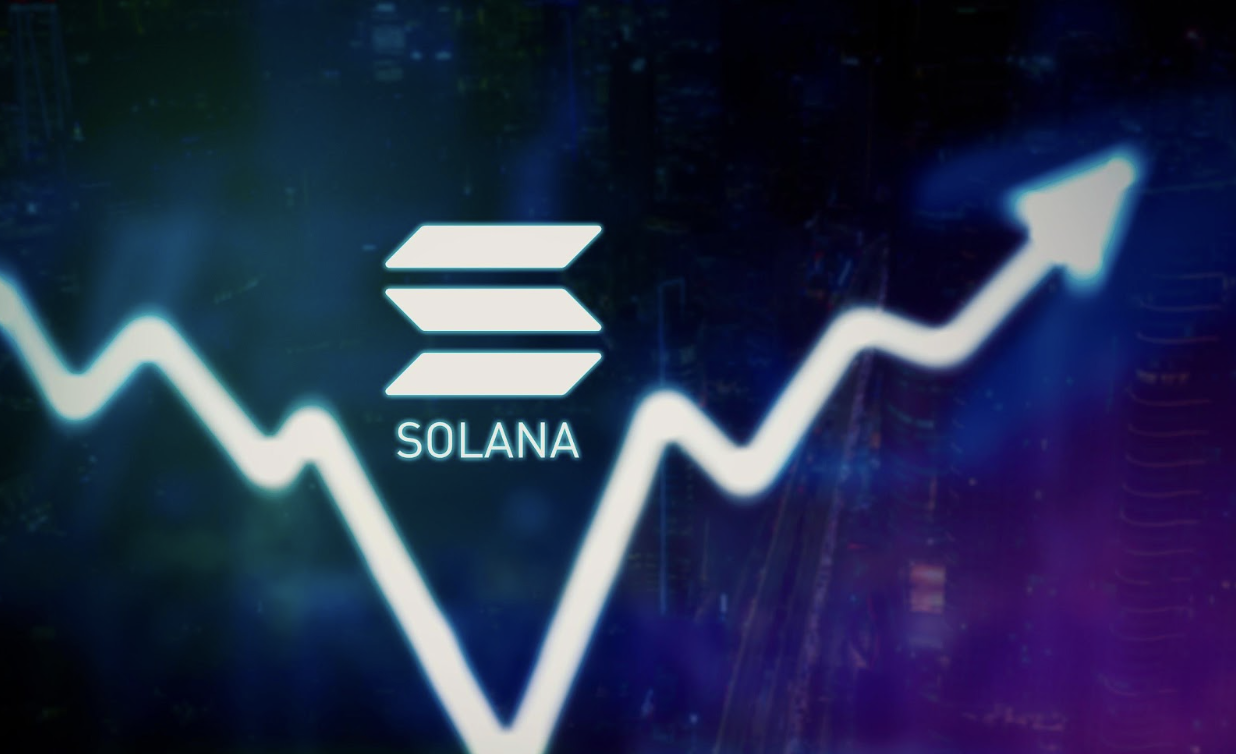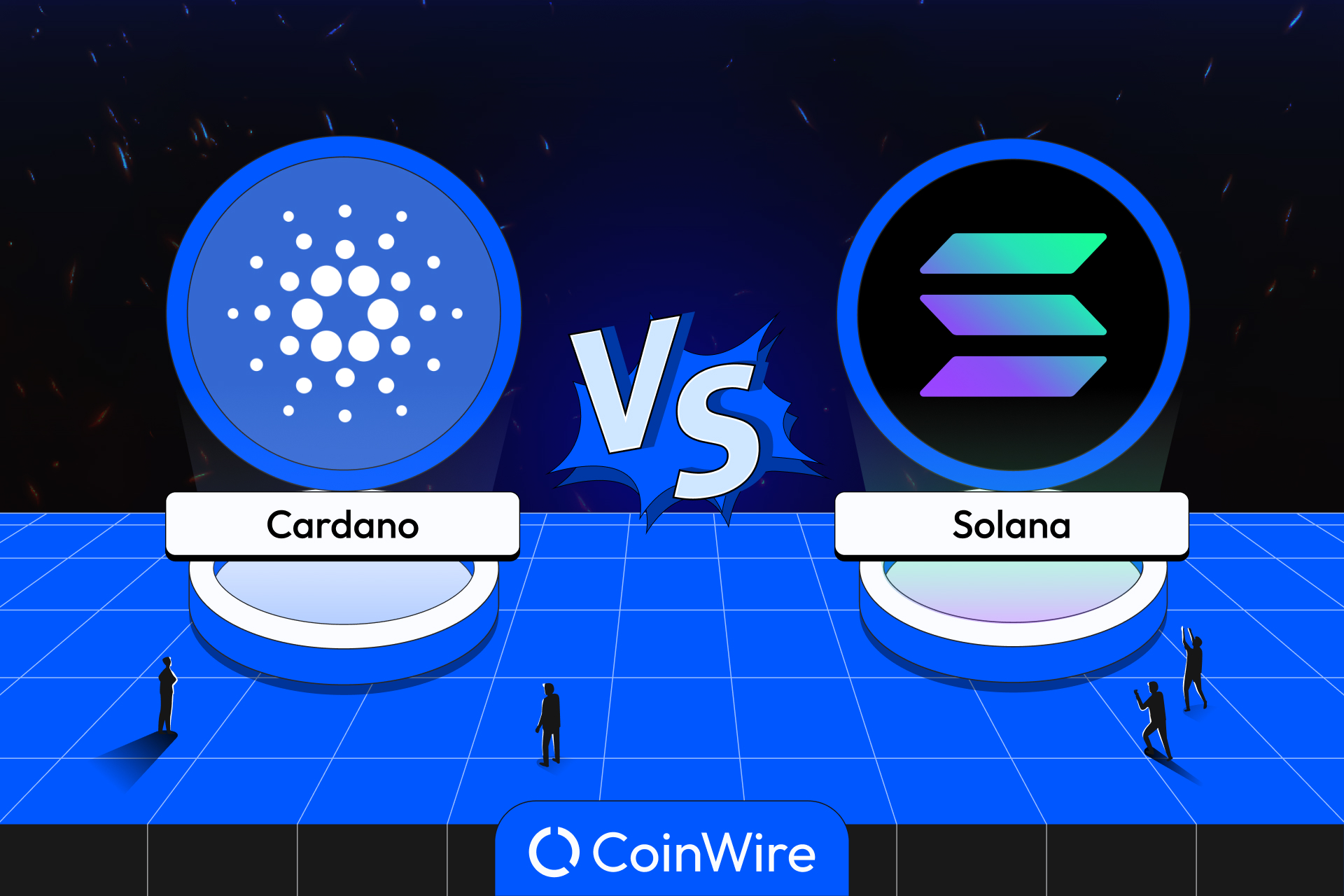What is Solana? How does that work?
What is the blockchain network?
 Blockchain networks such as Ethereum have become integral for decentralized applications and smart contracts. Nevertheless, scalability remains a major hurdle as these networks expand, leading to issues like transaction speed constraints and congestion.
Blockchain networks such as Ethereum have become integral for decentralized applications and smart contracts. Nevertheless, scalability remains a major hurdle as these networks expand, leading to issues like transaction speed constraints and congestion.
Solana emerges as a promising solution, introducing a novel blockchain platform for smart contract development while addressing scalability concerns. This article examines the burgeoning innovation of the Solana platform, delving into its utilization of consensus mechanisms for transaction approval and exploring its fundamental features.
What is Solana?
 Solana (SOL) stands as a cryptocurrency engineered to function akin to Ethereum but with enhancements. Conceived by software developer Anatoly Yakovenko and named after a small coastal city in Southern California, Solana was initially introduced as a groundbreaking blockchain concept in 2017. It officially debuted in March 2020 and has since gained significant traction, now recognized as a prominent cryptocurrency, holding the 11th position in total market capitalization.
Solana (SOL) stands as a cryptocurrency engineered to function akin to Ethereum but with enhancements. Conceived by software developer Anatoly Yakovenko and named after a small coastal city in Southern California, Solana was initially introduced as a groundbreaking blockchain concept in 2017. It officially debuted in March 2020 and has since gained significant traction, now recognized as a prominent cryptocurrency, holding the 11th position in total market capitalization.
Solana, often dubbed as an "Ethereum killer," shares noticeable similarities with Ethereum and is available for purchase on major exchanges. The intrinsic value of the SOL token lies in its role in facilitating transactions on the Solana network, which boasts distinct advantages. In contrast to the proof-of-work algorithm employed by early cryptocurrencies like Bitcoin and Litecoin, Solana's blockchain utilizes a proof-of-history consensus mechanism. This innovative approach relies on timestamps to determine the subsequent block in the Solana chain. Traditional proof-of-work systems, as seen in early cryptocurrencies, involve miners in determining the next block. However, this method is characterized by its sluggishness and resource-intensive nature, resulting in substantial energy consumption. Ethereum transitioned to a proof-of-stake system to address this issue, reducing energy usage significantly. Unlike proof of work, proof of stake leverages staking to ascertain the next block. Staked tokens serve as collateral, held by the blockchain until validators reach a consensus on the chain's next block, providing a more energy-efficient alternative to the earlier proof-of-work mechanism.
Solana’s Delegated Proof of Stake
Solana employs a distinctive approach known as Delegated Proof of Stake, which combines established cryptographic methods with innovative solutions to overcome the limitations of early cryptocurrency systems. This combination, including the proof-of-history and delegated proof-of-stake algorithms, specifically targets Ethereum's scalability challenges. Delegated proof-of-stake, a variation of the traditional proof-of-stake algorithm, involves a process where validators play a crucial role in transaction confirmation and block creation within a blockchain. Solana's implementation of delegated proof-of-stake offers several advantages. The proof-of-history algorithm enhances network security, providing an additional layer of protection, as noted by Christian Hazim, an analyst at ETF provider Global X. In essence, Solana tackles two of the three challenges outlined in Ethereum co-founder Vitalik Buterin's blockchain trilemma: scalability, security, and decentralization. While Ethereum is perceived to address decentralization and security, Solana is designed to specifically target scalability and security. The proof of history algorithm in SOL introduces unique security features, and the platform's computational speed contributes to improved scalability.
What Makes Solana Unique?
 By using a unique blend of proof of history and delegated proof of stake, Solana offers exponentially faster transaction speeds than its closest competitors, Ethereum and Cardano (ADA), at a fraction of the cost, Anissimov says by using a unique blend of proof of history and delegated proof of stake.
By using a unique blend of proof of history and delegated proof of stake, Solana offers exponentially faster transaction speeds than its closest competitors, Ethereum and Cardano (ADA), at a fraction of the cost, Anissimov says by using a unique blend of proof of history and delegated proof of stake.
Unlike proof of work, which utilizes the miners themselves to define the next block in a chain, or proof of stake, which uses staked tokens to define the next block, proof of history uses timestamps in its definition of blocks for the Solana chain.
This innovative system lets validators on the blockchain vote on the timestamps of different blocks in the chain. This continues to keep the chain relatively decentralized while simultaneously allowing for more secure and faster computations.
How Does Solana Work?
Solana operates through a combination of proof-of-history and delegated proof-of-stake protocols, aiming to facilitate rapid transaction processing. According to Bryan Routledge, an associate professor of finance at the Tepper School of Business at Carnegie Mellon University, Solana's unique combination is geared towards achieving high transaction throughput. Traditionally, achieving quick transaction processing often involves centralization, exemplified by large entities like Visa. In contrast, Bitcoin, prioritizing decentralization, processes transactions slowly. Solana strives to strike a balance by processing transactions at speeds comparable to centralized systems while maintaining decentralization, enhancing scalability and reducing environmental and monetary costs. To ensure the security of its blockchain, Solana incorporates the proof-of-history algorithm, timestamping each block in a manner that reinforces the system's security. The SOL tokens in the Solana ecosystem are staked and used as collateral for processing various transactions on the network, ranging from validating smart contracts to participating in Solana's non-fungible token (NFT) marketplace. A significant milestone for Solana occurred in August 2021, marked by the launch of the Degenerate Ape Academy as a crucial NFT project on the Solana NFT marketplace. This event contributed to a notable increase in Solana's price, soaring from around INR 2,496 to INR 6,241 within the first three weeks of that month. Solana reached its all-time high in November 2021, peaking at nearly $260 during the peak of the crypto bull run.
Solana vs. Ethereum
Solana and Ethereum hold some things in common, but they also have stark differences. Here is a short breakdown of where the two platforms overlap and where they diverge:
Cardano vs SOL
Final Thoughts: Which is better?
So, which one is better, and which one should you pick? It all depends on what you’re looking for and trying to achieve.
Cardano might be more suitable for you if you care about security and sustainability, while Solana might appeal more to you if you care about efficiency and innovation. Both have their advantages and disadvantages, and both have room to grow in the future.
The bottom line is that Cardano and Solana are not rivals but allies that offer different solutions for different problems. They both push the boundaries of the blockchain technology and the adoption of cryptocurrencies. So, it would be best if you kept an eye on both. stions, or simply engage in conversation, feel free to reach out to me through the comments
stions, or simply engage in conversation, feel free to reach out to me through the comments
I'm always available on these Bulbar. Don't hesitate to get in touch. I look forward to answering your questions and interacting with you!
Title: What Is Solana and How Does It Work? Website: Forbes URL: https://www.forbes.com/advisor/in/investing/cryptocurrency/what-is-solana/ Title: Cardano vs Solana (2024): Is Cardano or Solana better? Website: CoinWire URL: https://coinwire.com/cardano-vs-solana/
#Solana #Cryptocurrency #Blockchain #ProofOfHistory #DelegatedProofOfStake #NFT #SmartContracts #CryptoInnovation #Decentralization #Scalability




























































